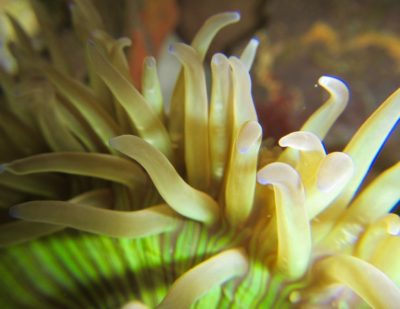
We are all familiar with the impending issue of plastic pollution in our oceans. The exponentially growing dilemma is approaching levels of no return and without positive human intervention, we could witness the ocean fall victim to catastrophic collapse. Plastic is a dangerous pollutant because it takes a REALLY long time to degrade; the very first piece of plastic ever created is still in existence today and will be for another 1000 years. Plastic in our ocean is broken down by the sun into microscopic pieces that are so small, that our smallest oceanic organisms (plankton) can ingest them. What does that mean? That means that most of our marine organisms like whales, tuna, turtles, anchovy, seagulls, and even humans. Yes, humans have tested positive for trace amounts of polyethylene (most common plastic) in our blood. Enormous levels have been found, today we have roughly 5 trillion pieces of trash drifting around in our oceans, massing roughly 250,000 tons. That’s scary. But there is hope. There is a large group of young, inspired leaders lining up to solve this problem. Leading the charge is 22-year-old Boyan Slat, a Dutch innovator that is developing a system that will attempt to solve this plastic problem.
The Ocean Cleanup is Slat’s project, an enormous engineering/social hybrid experiment that is working on installing systems that float around and collect large quantities of plastic. Slat is convinced that his system can remove half of the Great Pacific Garbage Patch in 5 years, an ambitious claim with research to back it. The project uses what look like giant floating barriers to capture debris at the surface as if it is an artificial coastline. Slowed by an anchor, the drifting systems will travel slower than the plastic and allow the plastic to catch up. These barriers concentrate the plastic in the center where it will remain until collected. Although simple, this project seems effective and could quite possibly work. However, there are plenty of sceptics, most with valid arguments. The most common critique is that it is hard to imagine this simplistic system withstanding huge waves, strong currents, and high winds that come with intense Pacific storms. With prototypes already in the water, it will not be long before we find out how effective Slat’s project is.
In the meantime, we cannot sit back and watch. It is our duty to continue thinking, creating, and acting to solve this global dilemma. Slat’s project is just one way to contribute to the ocean cleanup, however, we also need to stop producing plastic to halt the constant flow of pollution into our ecosystems. It is up to us and there is hope. If you have any ideas, big or small, that could contribute towards winning this war, share it with us. Comment below and share this story, you never know who it could potentially inspire!
Written By: Nick Smilie
Sources:
https://www.theoceancleanup.com/
http://www.businessinsider.com/boyan-slat-ocean-cleanup-launch-2018-2017-5
https://www.nytimes.com/2014/12/11/science/new-research-quantifies-the-oceans-plastic-problem.html
https://news.nationalgeographic.com/news/2015/01/150109-oceans-plastic-sea-trash-science-marine-debris/


